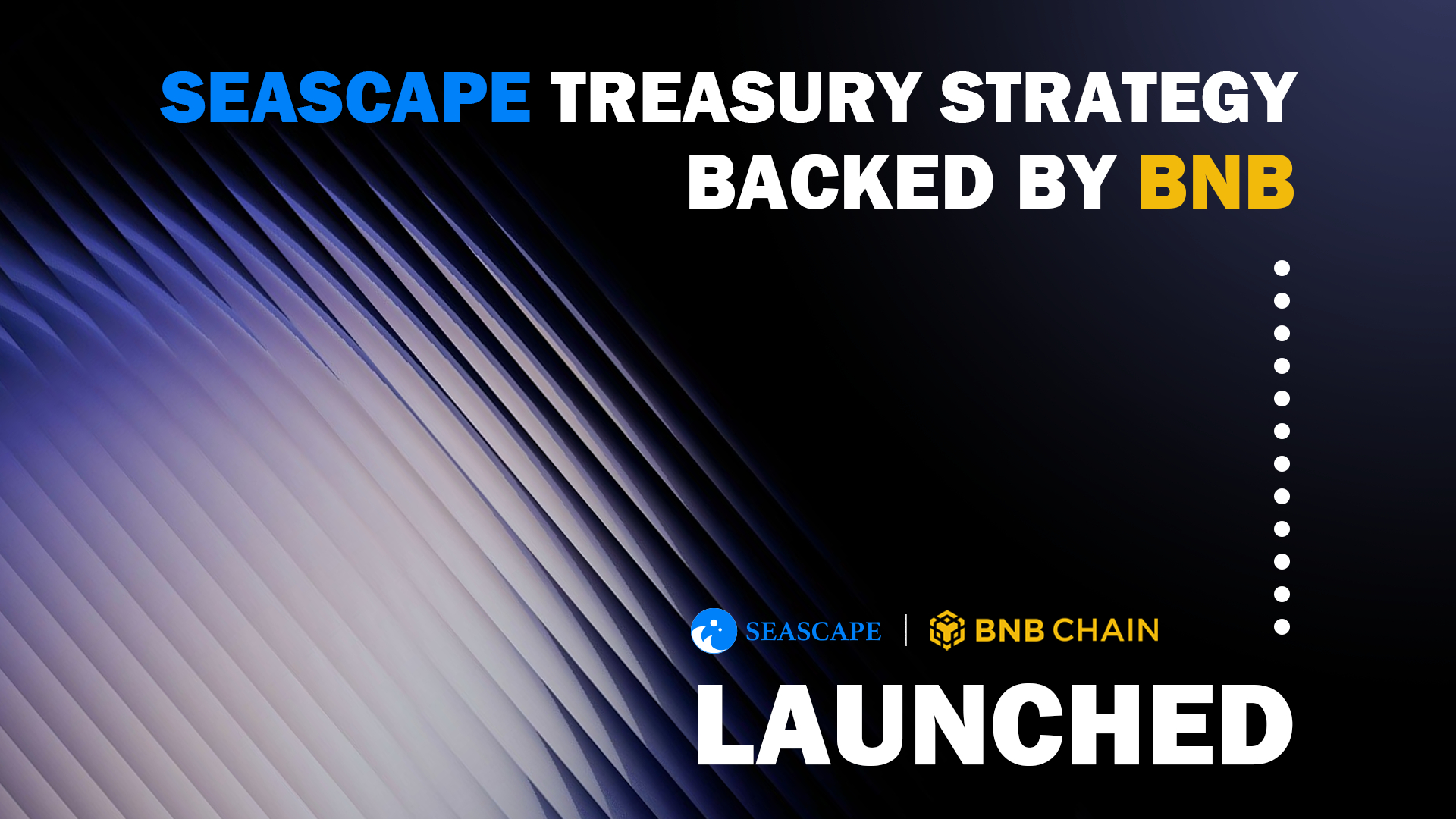Before Binance got involved in implementing the LUNC burn mechanism, the burn rate and, therefore, the price of Terra Classic had no chance of moving significantly to the upside.
However, Binance has agreed to burn all trading fees collected on LUNC spot and margin pairs, greatly increasing the rate at which these tokens are being burned.
LUNC Burn- a Twitter account that tracks the number of Terra Classic tokens burned or destroyed over regular periods. According to data shared by this account, about 18.12 billion tokens from the total supply of Terra Classic have been burned so far.
According to further data shared by LUNC Burn, this recent burn rate is a 176,084% increase from what the figure was in the previous day.
Binance’s Involvement in the Burn Rate
Binance is the world’s largest cryptocurrency trading platform and one of the largest holders of LUNC. This recent increase in the burn rate of Terra Classic Tokens resulted from the crypto giant’s involvement with the whole process.
Binance sent nearly 3 billion (2,992,563,505) LUNC tokens to the burn address yesterday alone. This amount of Terra Classic tokens was worth about $992 million and spiked the burn rate by 176,084% above over the last day.
This support from Binance is apart from their willingness and efforts to support the 1.2% tax burns to support the Terra Classic community and at least repay the investors affected by the Terra crash in May 2022.
Overall, Binance has burned 8.5 billion tokens worth billions of dollars.
How Binance Accelerated LUNC Burns
Historically, the price of LUNC has reacted rather well to news about accelerated burns. After Binance first announced its support for the LUNC burns in September, the cryptocurrency price spiked by more than 40%.
It is no longer news that Binance has agreed that aside from the 1.2% tax burns, the trading fees on all LUNC spot and margin trades collected on all spot and margin trades will now be burned.
Burning refers to sending a certain percentage or number of tokens to a “burn address,†where they remain forever inaccessible and are removed from the token’s total supply.
According to the inverse relationship between the price of a commodity and its available supply, the price of the other tokens in circulation have a chance to move further to the upside.
Disclaimer: The author’s comments and recommendations are solely for educational and informative purposes. They do not represent any financial or investment advice. Always DYOR  (do your own research)









